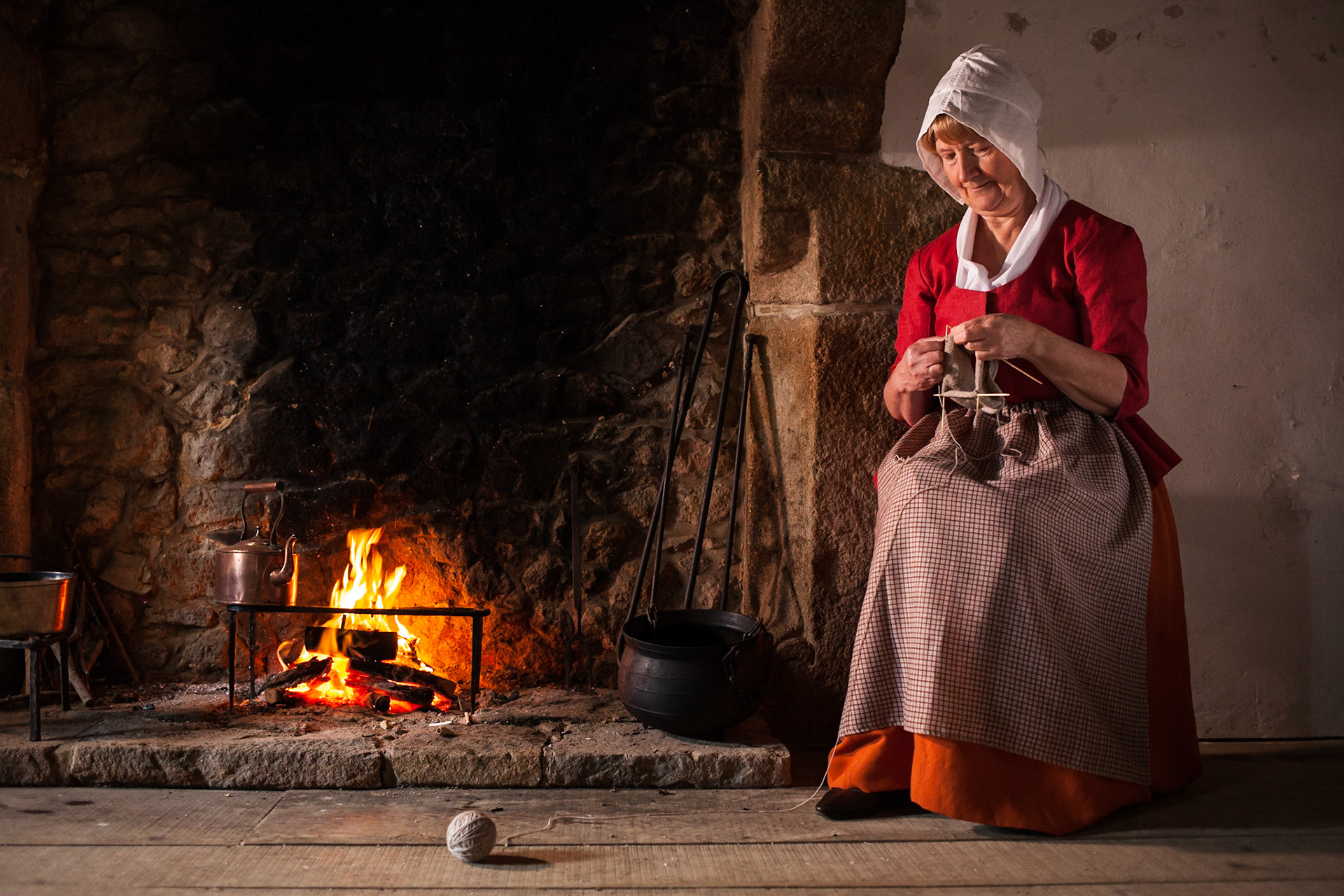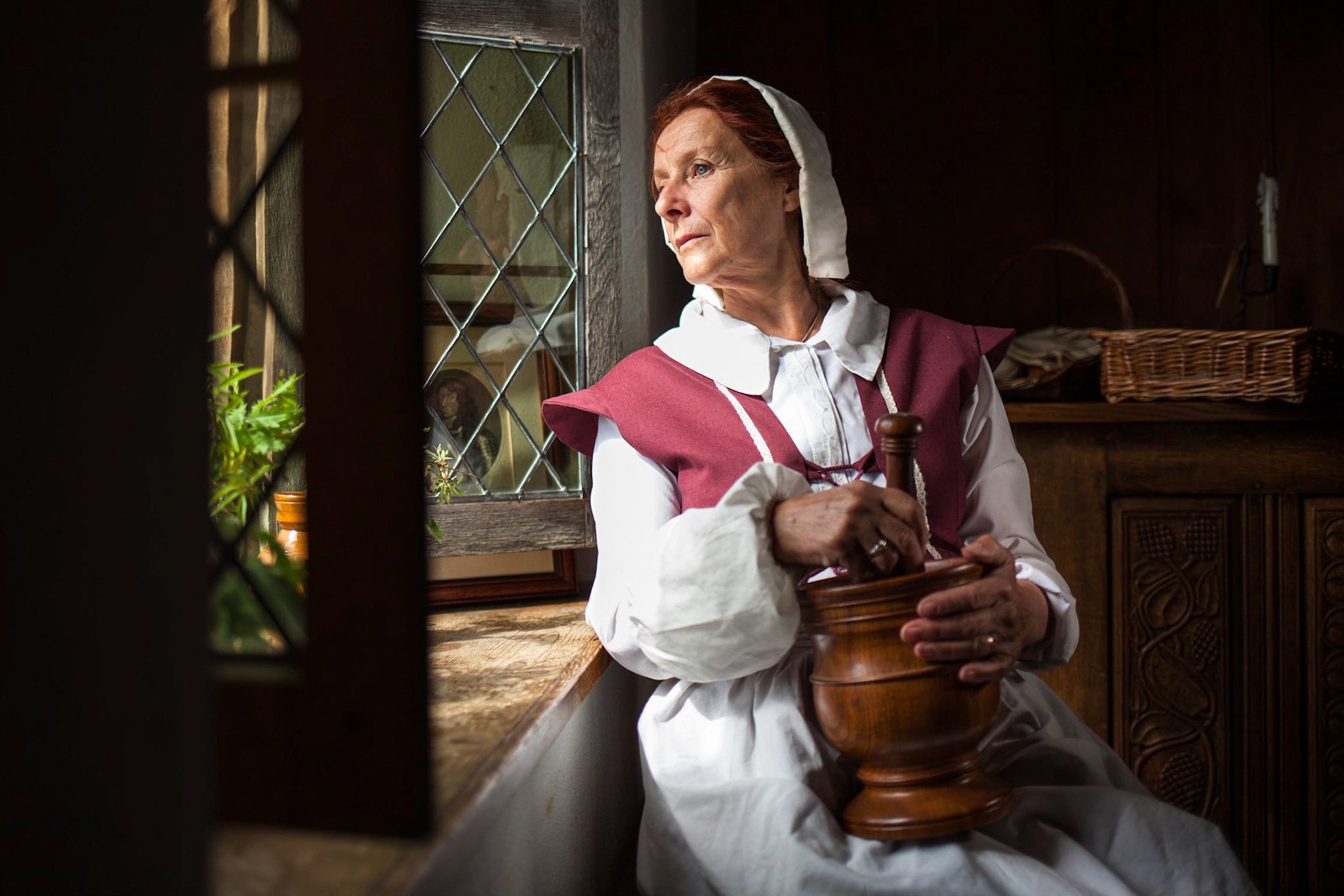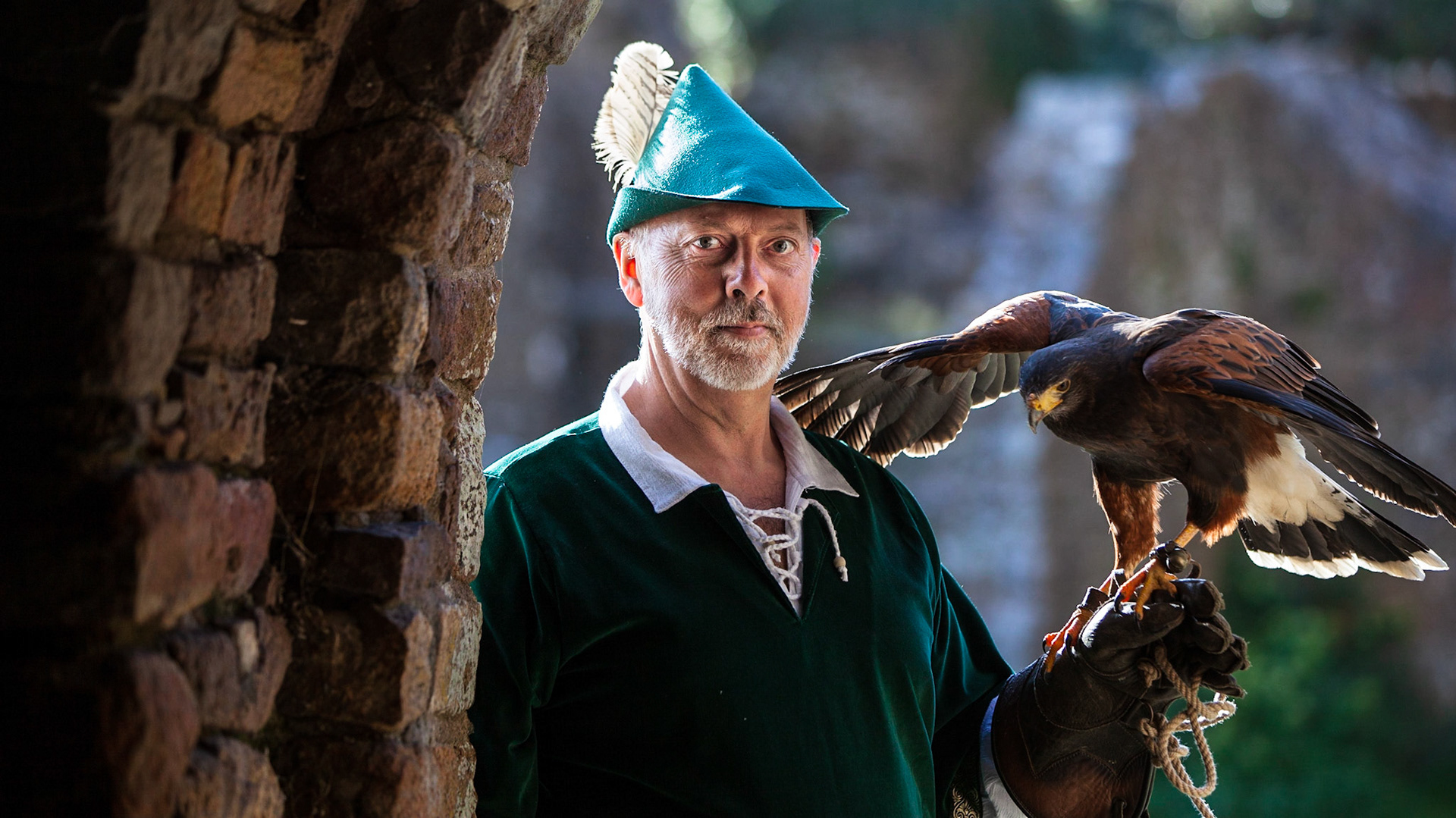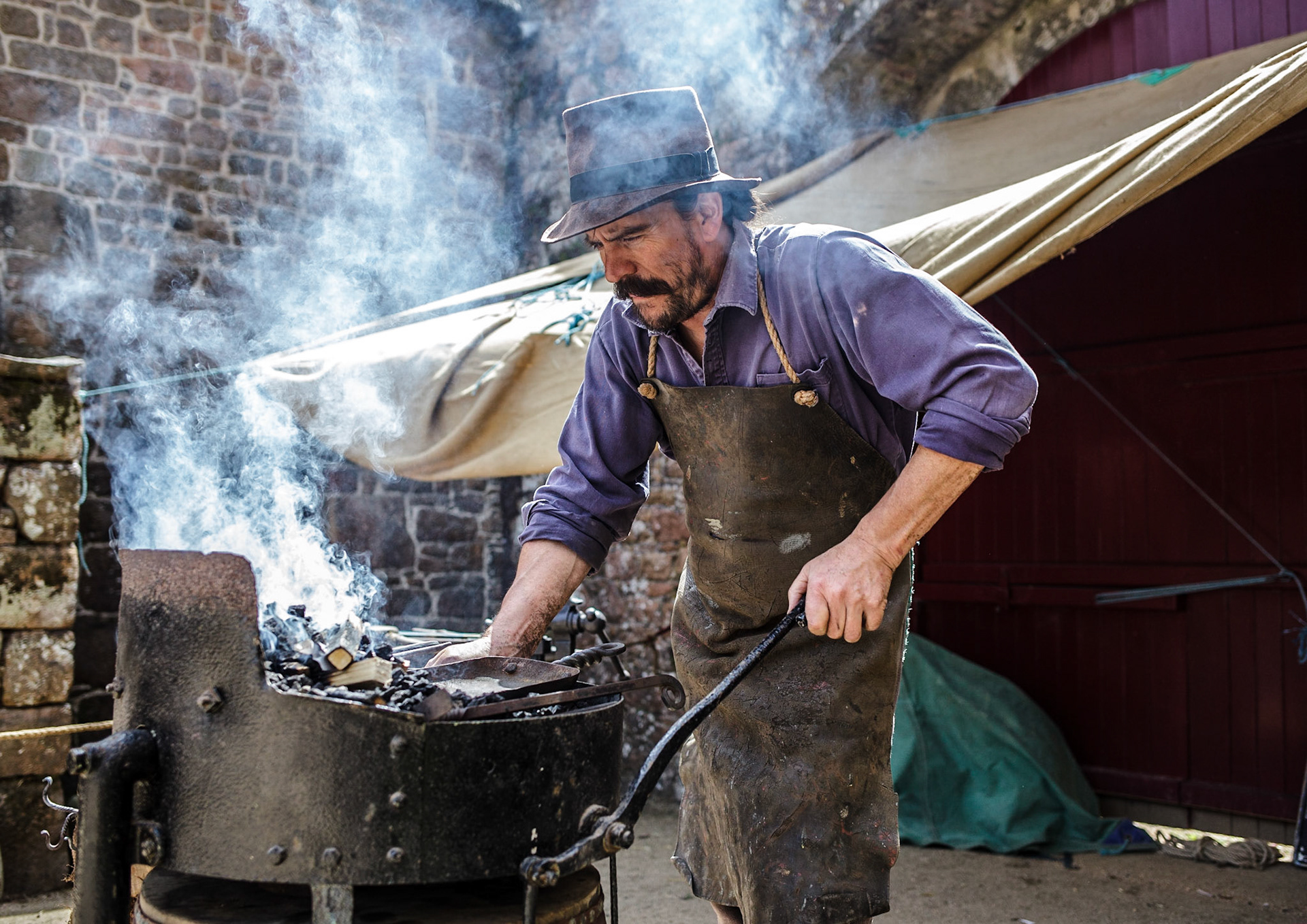
Hamptonne Country Life Museum gives the visitor a unique insight into the rural life carried on in Jersey for centuries. Dating back to the 15th Century the house and farm are perfect for discovering the rural history of Jersey. Explore the different houses which make up Hamptonne, find out more about Jersey’s history of cider making in the cider barn and wander through the cider apple orchard and meet the Hamptonne calves, lambs, chickens and piglets in the traditional farmstead.
Discover Syvret House, a decorated and furnished farmhouse gives a unique window into 1940s rural life, including; agricultural traditions, day-to-day family life, language, religion and the experience of the German Occupation.
The Hamptonne farm complex takes its name from Laurens Hamptonne, who purchased it in 1633. The property is also known as ‘La Patente’, as is the name of one of the roads that passes it, after the Grants by Letters Patent received by its owner Richard Langlois in 1445, and by King Charles II to Laurens Hamptonne in 1649.
Royal Patents were awarded to those who had provided a particular service to the monarch or close relative. In Hamptonne’s case, this resulted from his loyalty to the Royalist cause during the English Civil War, when he was Vicomte or executive officer of Jersey’s Royal Court. It was in that role that Hamptonne issued the famous Proclamation in St Helier’s Royal Square on 17 February 1649, declaring Charles II as King after news reached the Island of the execution of Charles I.
Hamptonne’s support of the penniless exiled King Charles II resulted in several grants. One preserved the integrity of the property in perpetuity – it could not be broken up into parts (partages) and split among family members, but would be inherited by the eldest child. Another permitted Hamptonne to rebuild the ruined Colombier (dovecote) originally granted to Richard Langlois. In normal circumstances, such buildings could only be built by Jersey Seigneurs (Lords or holders of a fief.). The Colombier is located to the south-east, slightly beyond the current boundaries of the Museum. This may not have been a source of local popularity for Hamptonne.
Cider apple orchard :

One of Hamptonnes main attraction is the apple cider making and demonstrates how people back then would use the ‘machines’ to turn apples from the orchid into apple cider.
Every year hamptonne has a cider making festival from collecting apples from the trees in the orchids at the beginning of October and then turning it into cider.
To the east of the farm complex is the Cider Apple Orchard, which consists of apple trees chosen for their sweet, bitter and sharp flavours to provide a good balance for cider making when mixed together. The footpath through the orchard takes you into a small area of woodland. Wooded areas at the back of farms provided an important source of wood for fuel and building materials, while also supporting a rich variety of plants and wildlife. Follow the footpath down to the grazing Meadow and, if you wish, continue on the public footpath that joins the National Trust for Jersey’s Toad Trail.
Tom Kennedy:
Tom is a local photographer who mainly takes photographs of the characters at hamptonne, using natural light like they did back then in the 17th century when painting pictures. . He studied photography, film, television and sound at the Plymouth College of Art and Design. He then went on to work in the London film industry for several years before returning to Jersey. Tom is in charge of all camera and sound production.
Some of his work:




Overall the site is square in shape. It includes ranges of buildings built in different periods, arranged around two courtyards. While the farm has medieval origins, consecutive owners have made marked improvements to the living accommodation. The main buildings are therefore named after the Langlois, Hamptonne and Syvret families, who lived here between 15th and 19th centuries.
When you exit the shop, you enter the North Courtyard along the side of which runs the Northern Range – a row of 19th century farm buildings constructed to meet the requirements of the agriculture workforce, its vehicles and horses. It include a Labourers Cottage, Coach House, Bake House & Laundry, and Stables. Facing the Stables is a glazed barn in which important farming devices and implements are displayed. There is a walled vegetable and herb garden to the east, beyond which is the Hamptonne Playground and Cider Apple Orchard.
To the south is Langlois House, which comprises stabling and an undercroft on the ground floor, and a parlour and bedroom on the first floor. At the south-west corner is a twin-arched stone gateway providing access to the roadway. To the south of Langlois House are the pigsties and a spring-fed pond.
To the west is the Cider House or pressoir with its granite apple crusher and press; to the southern end of this row is Syvret House which consists of a kitchen, parlour, two bedrooms and a small cabinet. The House is presented as the home of a tenant farmer around 1948.
